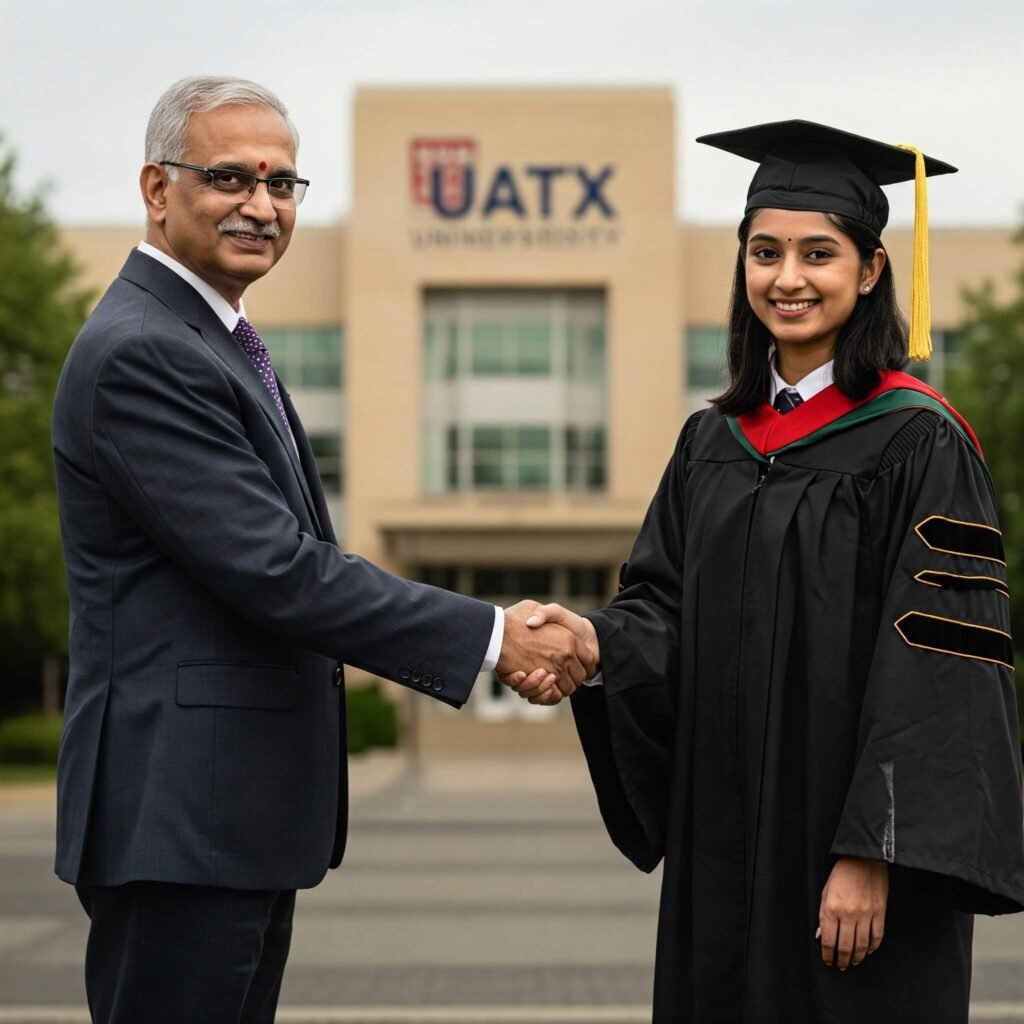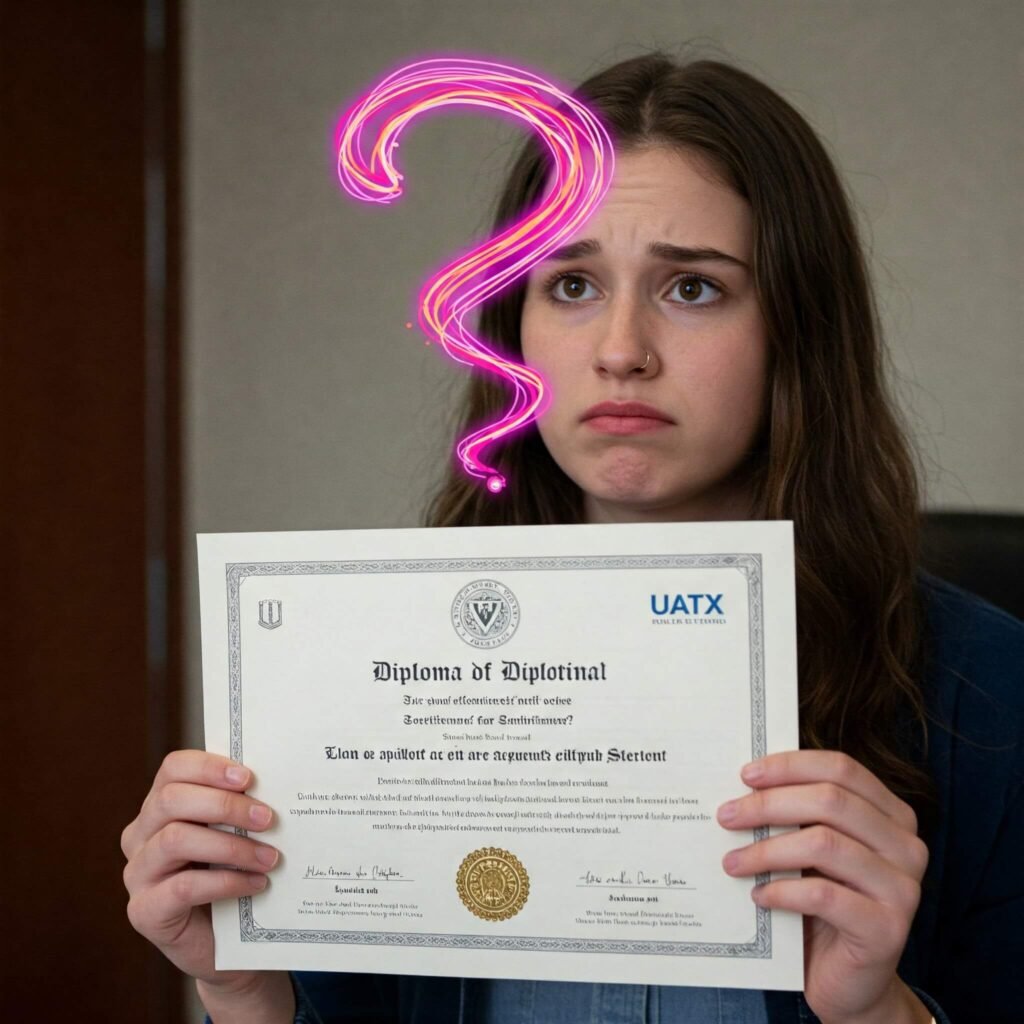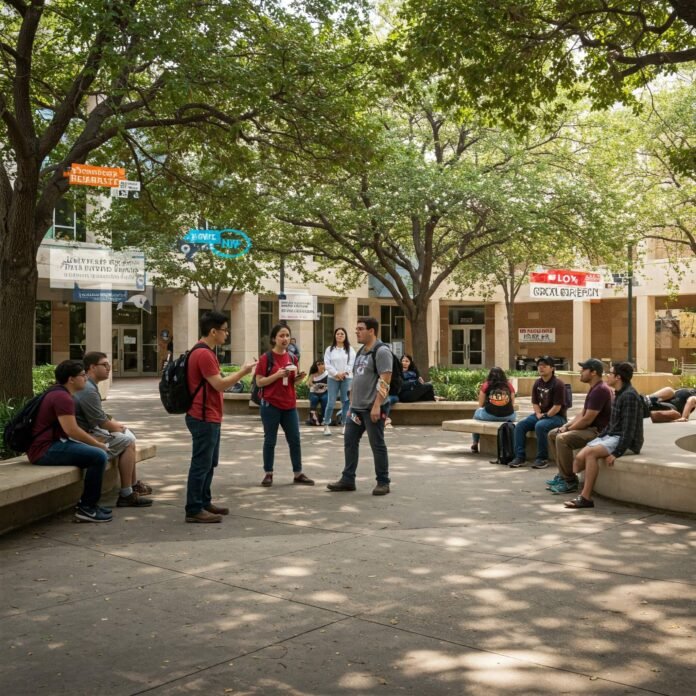The University of Austin controversy has taken center stage in American higher education, sparking heated discussions across social media, news outlets, and academic circles. Launched in 2021, the University of Austin (UATX) aimed to redefine higher education with a focus on free speech and intellectual diversity. Yet, its unconventional approach and high-profile backing have made it a lightning rod for criticism. Why is this fledgling institution considered the most controversial school in America right now? Here are five reasons fueling the University of Austin controversy, backed by real-world examples and insights.
1. Conservative Donor Backing Fuels the University of Austin Controversy
The University of Austin controversy began with its funding. UATX has received millions from conservative donors, including tech billionaire Peter Thiel and other prominent figures frustrated with elite universities’ perceived ideological biases. A 60 Minutes profile in November 2024 highlighted this financial backing, noting that critics view UATX as a politically motivated project rather than a neutral academic institution.
- Why It’s Divisive: Critics argue that heavy conservative funding shapes UATX’s curriculum and mission, potentially prioritizing ideology over scholarship.
- Real-World Example: Social media platforms like Reddit have buzzed with debates, with users questioning the legitimacy of degrees from a donor-driven school. One Reddit user asked, “What degree will these students obtain, and where will they be employed?”
Takeaway: Transparency in funding could help UATX address concerns about its independence.

2. A Free Speech Mission That Ignites UATX Criticism
UATX’s commitment to “seeking truth” through unrestricted free speech is central to its identity but also a key driver of the University of Austin controversy. The university positions itself as a counterpoint to what it calls “censorship” in traditional academia. However, this stance has drawn UATX criticism for potentially amplifying polarizing voices.
- Why It’s Divisive: Supporters see UATX as a bastion of open dialogue, while detractors fear it could become a platform for controversial or harmful rhetoric.
- Data Insight: A 2024 survey by the Foundation for Individual Rights and Expression (FIRE) found that 66% of college students feel some topics are too controversial to discuss on campus, underscoring the tension UATX aims to address. Link to FIRE survey.
Takeaway: UATX must balance free speech with responsible discourse to mitigate criticism.
3. Unaccredited Status Amplifies the University of Austin Controversy
Another factor in the University of Austin controversy is its lack of accreditation. As of 2025, UATX is not fully accredited, raising questions about the value of its degrees. This unaccredited status has fueled skepticism about the university’s academic rigor and long-term viability.
- Why It’s Divisive: Students and parents worry about investing in a degree that employers may not recognize.
- Real-World Example: Online forums like X have seen posts questioning whether UATX’s degrees will hold weight in competitive job markets, with some calling it a “risky experiment.”

Takeaway: Pursuing accreditation could bolster UATX’s credibility and reduce controversy.
4. Faculty and Curriculum Spark Controversial School in America Debates
The University of Austin controversy also stems from its faculty and curriculum. UATX has recruited high-profile intellectuals, many with conservative leanings, to teach courses emphasizing classical liberal arts and critical thinking. Critics argue this approach lacks diversity and may cater to a specific ideological audience.
- Why It’s Divisive: Some see UATX’s curriculum as a refreshing return to first principles, while others view it as a rejection of progressive academic trends.
- Example: A 2024 article in The Chronicle of Higher Education noted that UATX’s faculty includes figures who have publicly criticized “woke” culture, intensifying debates about bias. Link to The Chronicle.
Takeaway: Diversifying faculty perspectives could help UATX appeal to a broader audience.
5. Public Perception and Media Coverage Intensify UATX Criticism
Finally, the University of Austin controversy is amplified by polarized media coverage and public perception. Outlets like 60 Minutes and The New York Times have portrayed UATX as both a bold experiment and a conservative pet project, depending on the narrative. This media spotlight has made UATX a symbol of broader cultural divides.
- Why It’s Divisive: Supporters view UATX as a necessary disruptor, while critics see it as a politicized stunt.
- Data Insight: A 2024 Pew Research study found that 74% of Americans believe colleges are too concerned with political correctness, a sentiment UATX taps into but also complicates. Link to Pew Research.

Takeaway: UATX should engage proactively with media to shape a balanced narrative.
Conclusion: Navigating the University of Austin Controversy
The University of Austin controversy reflects deeper tensions in American higher education, from free speech debates to questions of institutional legitimacy. While UATX’s mission resonates with those seeking alternatives to traditional universities, its conservative backing, unaccredited status, and polarizing public image make it the most controversial school in America right now. By addressing these challenges transparently, UATX could redefine its place in academia.
What’s your take on the University of Austin controversy? Share your thoughts in the comments below!





























